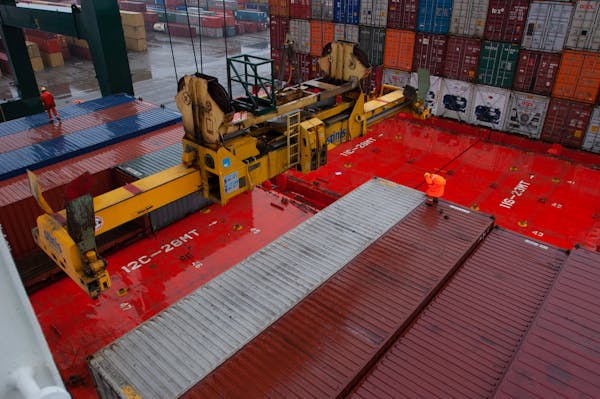Sea Freight from Guangzhou/Shenzhen to Namibe Port, Angola
1. Full Container Load (FCL) Shipping
For larger shipments, a Full Container Load (FCL) is the most efficient option. In this case, a 20FT or 40FT container is filled entirely with goods, which are typically loaded at the port in Guangzhou or Shenzhen and shipped directly to Namibe Port in Angola. The FCL shipping method offers a faster and more secure transit as the container remains sealed and dedicated solely to one shipment.
CIF Shipping Terms (Cost, Insurance, and Freight)
Under CIF (Cost, Insurance, and Freight) terms, the seller is responsible for covering the costs of goods, insurance, and freight until the goods reach Namibe Port. This includes handling the shipping process, documentation, and clearing customs on arrival at Namibe Port. The transit time for sea freight from China to Angola is around 38 days, depending on factors such as weather conditions and port traffic.
2. Less than Container Load (LCL) Shipping
For smaller shipments that do not fill an entire container, Less than Container Load (LCL) shipping is a cost-effective option. In LCL shipping, multiple smaller shipments are consolidated into one container. The goods are then transported from the port of origin (Guangzhou or Shenzhen) to Namibe Port in Angola.
LCL Process:
- Consolidation: Different shipments are combined in one container, and goods are loaded and secured properly.
- Transit Time: LCL shipments generally have a slightly longer transit time than FCL due to the need for consolidation and unloading at intermediate ports. However, the estimated transit time to Namibe Port is approximately 38 days.
- Handling: LCL shipments require careful management of cargo to ensure that the goods are delivered safely.

3. Packaging for Sea Freight
Packaging plays a critical role in ensuring the safety and integrity of goods during sea transport. Whether shipping via FCL or LCL, proper packaging is essential to prevent damage from rough seas, potential delays, or the stresses of handling during transit. Here are some key packaging considerations for goods shipped to Namibe Port:
- Hand Saws (as an example of goods being shipped):
- Primary Packaging: Each hand saw should be individually wrapped in plastic or bubble wrap to protect the blade from damage during handling and prevent any sharp edges from causing injury.
- Secondary Packaging: The saws should be packed in sturdy cardboard boxes, which are sealed securely. To prevent movement inside the box, packing materials such as foam or cushioning can be used.
- Palletizing: For FCL shipments, goods are often stacked on wooden pallets to keep them secure during the loading and unloading process. Each pallet should be wrapped with stretch film or shrink wrap to keep the individual boxes stable and protect them from moisture.
- Labeling: Proper labeling on all packages is essential, including the consignee’s details, contents description, and handling instructions (e.g., “Fragile,” “Keep Dry,” etc.). This ensures smooth customs clearance and helps avoid mishandling.
- Container Loading: During the loading process at the Chinese ports (Guangzhou or Shenzhen), care must be taken to ensure the goods are properly stowed in the container. For FCL shipments, all goods should be tightly secured to prevent shifting, while for LCL shipments, the consolidated cargo must be packed efficiently to maximize space and minimize potential damage.
4. Arrival and Delivery at Namibe Port
Upon arrival at Namibe Port, Angola, the goods will undergo customs clearance before being unloaded. As the CIF terms cover the cost of freight and insurance, it is important that all necessary documentation is prepared in advance to facilitate smooth clearance. Once cleared, the goods will be ready for delivery to their final destination in Angola.



